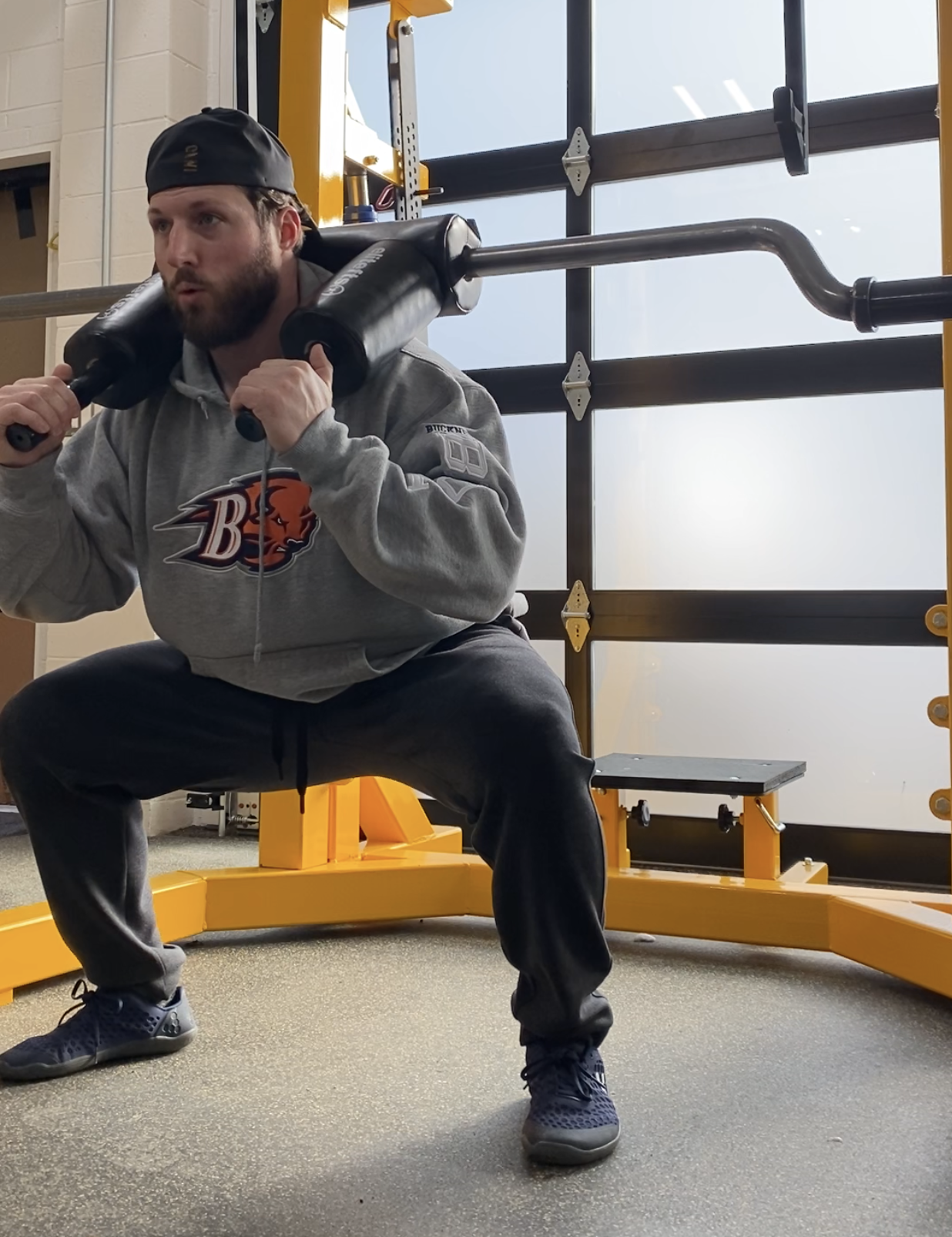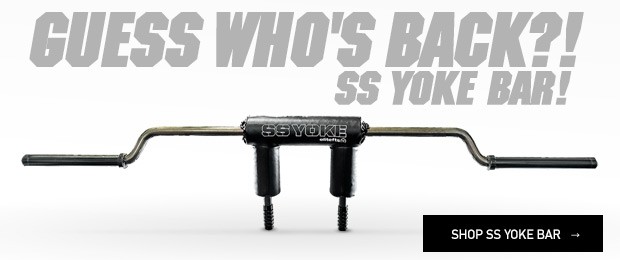
Coaching lifters remotely is a challenge. I grew up training with guys my entire life - powerlifters, teammates, other athletes- so there was always someone around older and wiser to poke you and prod you to get to tweak your technique.
Being 'remote' poses a problem - I can't reach through the phone and kick clients in the ass. Some people are visual learners, some auditory, and some can read a text and understand right away what point you're trying to make. So I'll use texts, phone calls, or video demonstrations to speed up the learning curve. But we ALL, at one point or another, need someone there physically touching and poking our lats, mid back, upper back, pulling us back to the box, pushing on the barbell in a different direction...whatever it may be...to get the lifter to FEEL what they should be FEELING.
I've had a recent influx of young lifters, which is great. So I've had to get creative in getting these guys and girls to start FEELING their squats instead of going on autopilot once they get under the bar.
I pulled this movement out of the archives- the breathing paused squat.
1. Load up an SSB (preferred, but a straight bar works too). Whether doing this as part of your warm up or even an assistance/back down set, keep these really light to start. I'd never recommend going 'heavy' with these either way.
2. Hit the hole. This is the important part- focus on feeling your lats hold the bar while holding your torso upright. And focus on tying your hips to your lats. FEEL both of these muscle groups working to support you in the hole.
3. Here's where the fun starts - full exhale - HARD. Full inhale -HARD- filling your obliques. Repeat 2-3x in the hole. Then stand up.
Notes:
Keep this limited to about 10-15 reps. I'll usually prescribe 3x3 or 3x5 for these.
Should you use a belt? I'd recommend trying these with and without a belt - remember the key is to get you to feel your lats and hips in a proper squat position- so if your belt helps you cue your breathing, put it on and keep it a notch or two looser than normal so you can feel that feedback.
Notice how the bar isn't rising as I'm breathing. That's a good indicator if you're breathing properly. If the bar is rising with each breath, you're in your chest and not your belly/obliques.
[youtube=http://www.youtube.com/watch?v=iy1o5ku_mQo]









